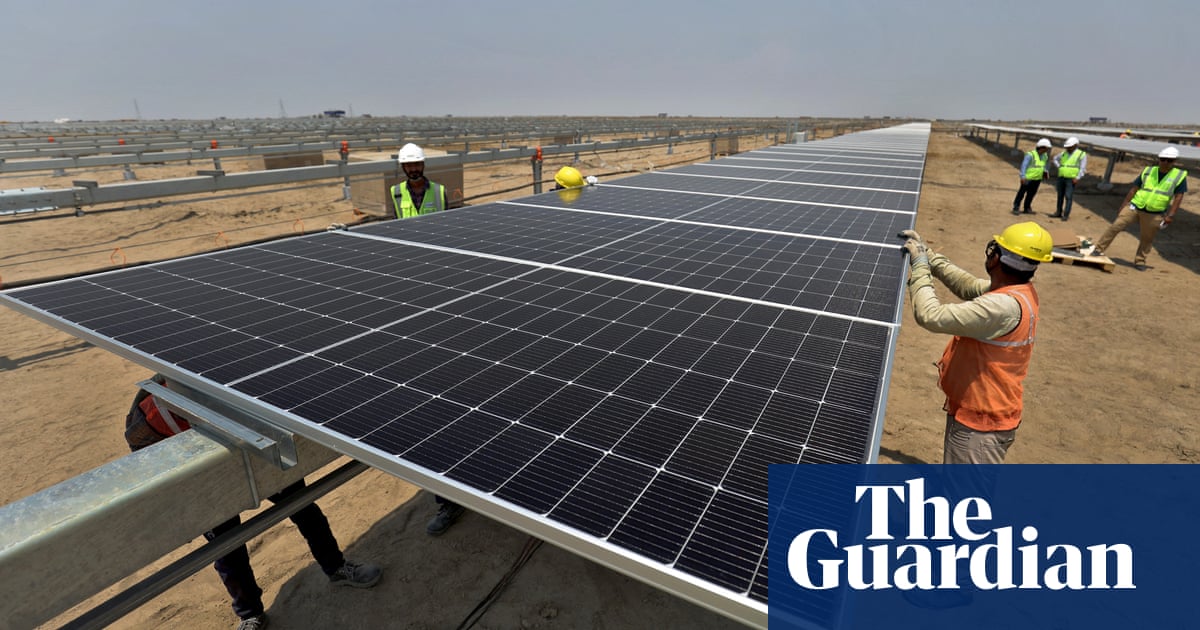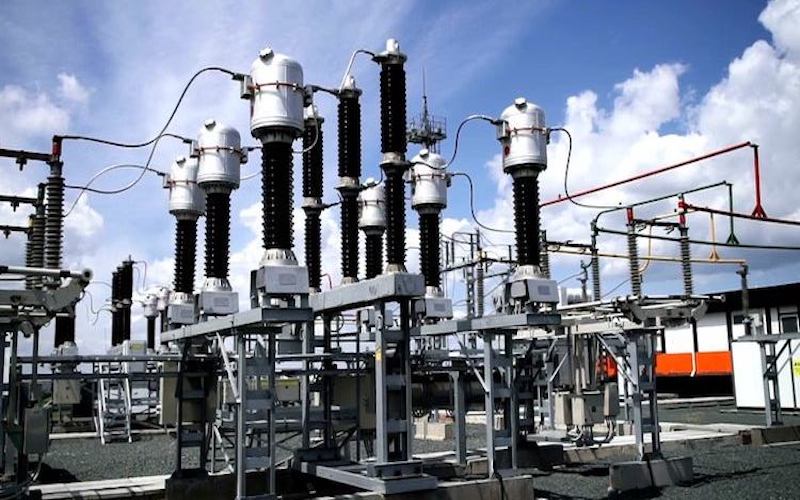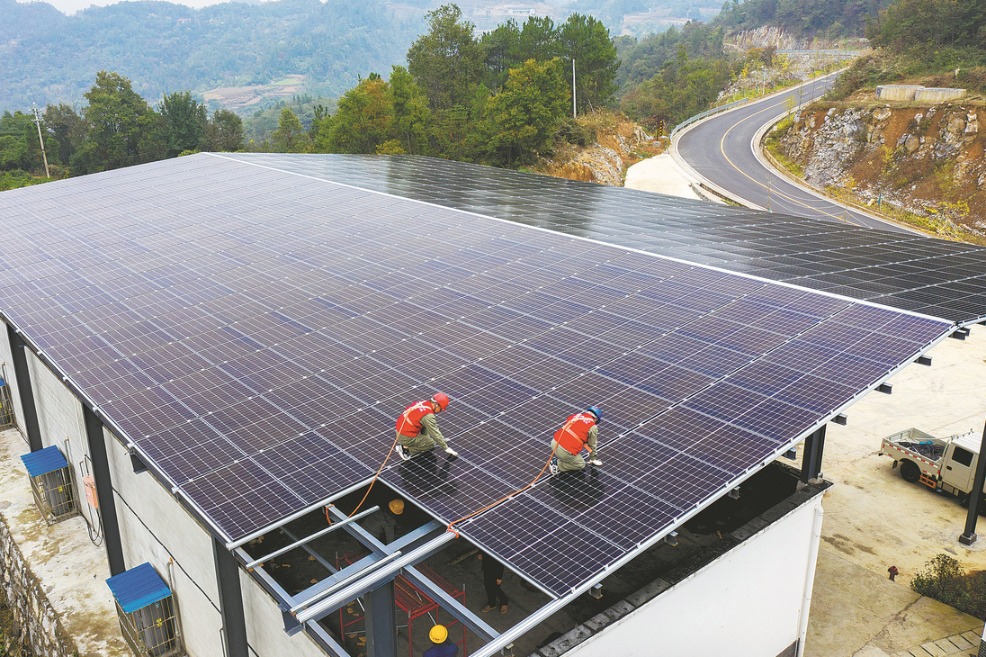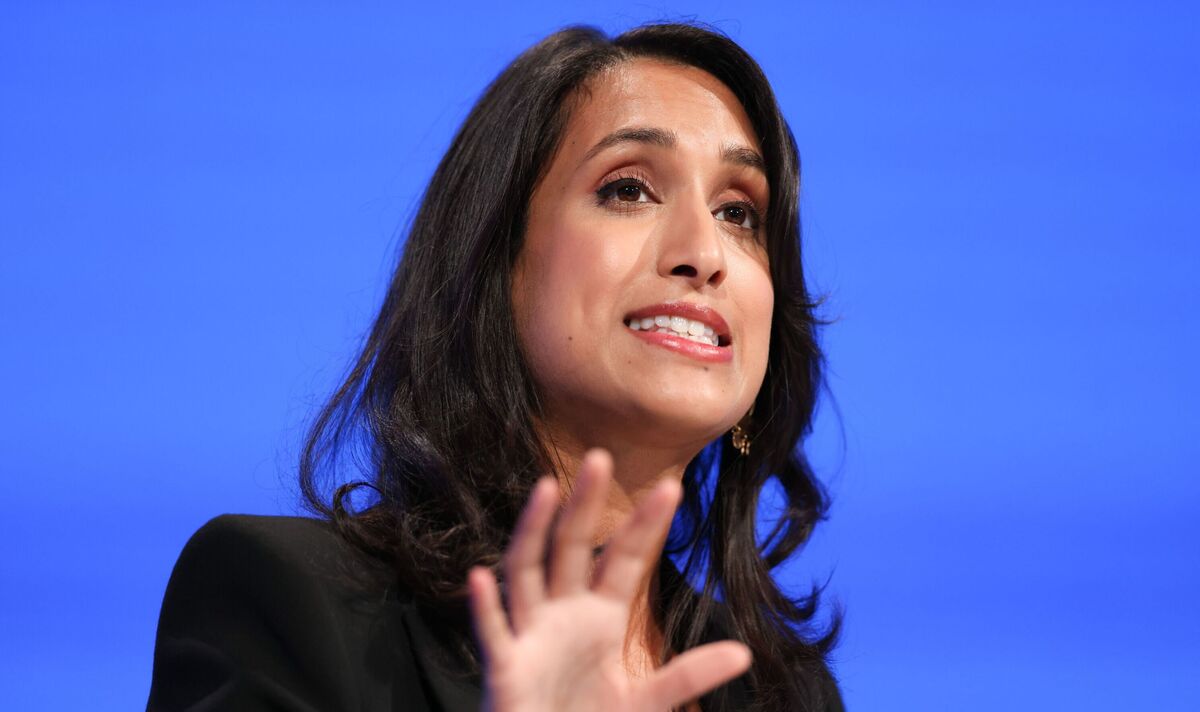In a groundbreaking development, renewable energy sources contributed to over 30% of the world’s electricity supply in the previous year, driven by remarkable growth in wind and solar power, according to recent data.
A Shift Towards Clean Energy
A report on the global power system indicates a potential decline in fossil fuel generation, despite a continuous rise in overall electricity demand. Clean electricity has significantly curbed the growth of fossil fuels, reducing it by almost two-thirds over the past decade.
Renewables, comprising mainly wind and solar power, have witnessed exponential growth, surging from 19% of global electricity in 2000 to over 30% last year. Dave Jones, Ember’s director of global insights, stated, “The renewables future has arrived,” highlighting the unprecedented acceleration of solar energy adoption, which outpaced expectations.
Solar Leads the Charge
Ember’s report reveals that solar energy played a pivotal role in driving electricity growth, surpassing coal as the primary source of new electricity generation in 2023. It marked the 19th consecutive year of solar’s dominance as the fastest-growing electricity source.
This surge in clean electricity is projected to catalyze a 2% decline in global fossil fuel generation in the coming year, marking a significant milestone in the transition towards sustainable energy.
A Turning Point in Energy History
Jones emphasized, “The decline of power sector emissions is now inevitable,” highlighting 2023 as a pivotal year, marking the peak of emissions in the power sector. However, the pace of emissions reduction hinges on the continued momentum of the renewables revolution.
While the electricity sector witnesses a shift away from fossil fuels, their usage persists in other sectors such as transport, heavy industry, and heating.
Ambitious Renewable Energy Goals
With global leaders committed to increasing renewables to 60% of global electricity by 2030, as per the agreement at the UN’s Cop28 climate change conference, countries are poised to triple their current renewable electricity capacity in the next six years. This ambitious target aims to significantly reduce power sector emissions, paving the way for a greener, more sustainable future.
Source:theguardian.com





